Injecting breathtaking colors into nightscape
RGB LED floodlights and other multi-color variants (RGBW, RGBA, RGBWA) are color mixer systems that can call up any color within the defined color gamut and project controlled beams of light to accentuate architectural and landscape elements. These products are designed to enhance the environment by drawing attention to building facades, architectural structures, hardscape (architectural features such as monuments, fountains, water features, sculptures), and softscape (trees, shrubs, and other plants that landscape a building or area).
Through the introduction of color-tunable flood or spot lighting, nighttime environments can be magically transformed into visual masterpieces that inject new personality into neutral buildings or scenes. Excellent lighting design not only adds a layer of light that reveals existing beauty, but it also evokes a positive emotional responses. Whatever the application, RGB LED floodlights can contribute to a lighting solution that breathes excitement into audiences, creates a lovely ambience, and inspires memorable experiences.
LED lighting delivers luminous wonders
The revolutionary development of solid state lighting based on LED technology provides a unique and valuable opportunity to explore color science with artificial lighting. LED technology offers the capability of precise control of the spectral power distribution (SPD) which is the building block of all color considerations. An SPD describes the distribution of light energy at the different wavelengths of the visible spectrum. It determines how the light appears.
An LED is a semiconductor device that produces optical radiation through injection electroluminescence. Core to the device is a semiconductor die (LED chip) which is comprised of a p-type semiconductor layer, a quantum well (active layer) or multiple quantum wells, and an n-type semiconductor layer. One or more semiconductor p-n junctions are formed between the p-type and n-type semiconductor layers.
When a forward bias is applied across the p–n junction, electrons in the n-type semiconductor layer and holes in the p-type semiconductor layer are injected into the active layer where they recombine and release energy in the form of photons. These photons are distributed across a narrow range of wavelengths with the full width at half maximum (FWHM) in the range of from about 10 nm to about 30 nm. The narrow emission bands result in colored light such as red, green, and blue. The color of the narrow band light is controlled by varying the chemical contents and thickness of the active layers.
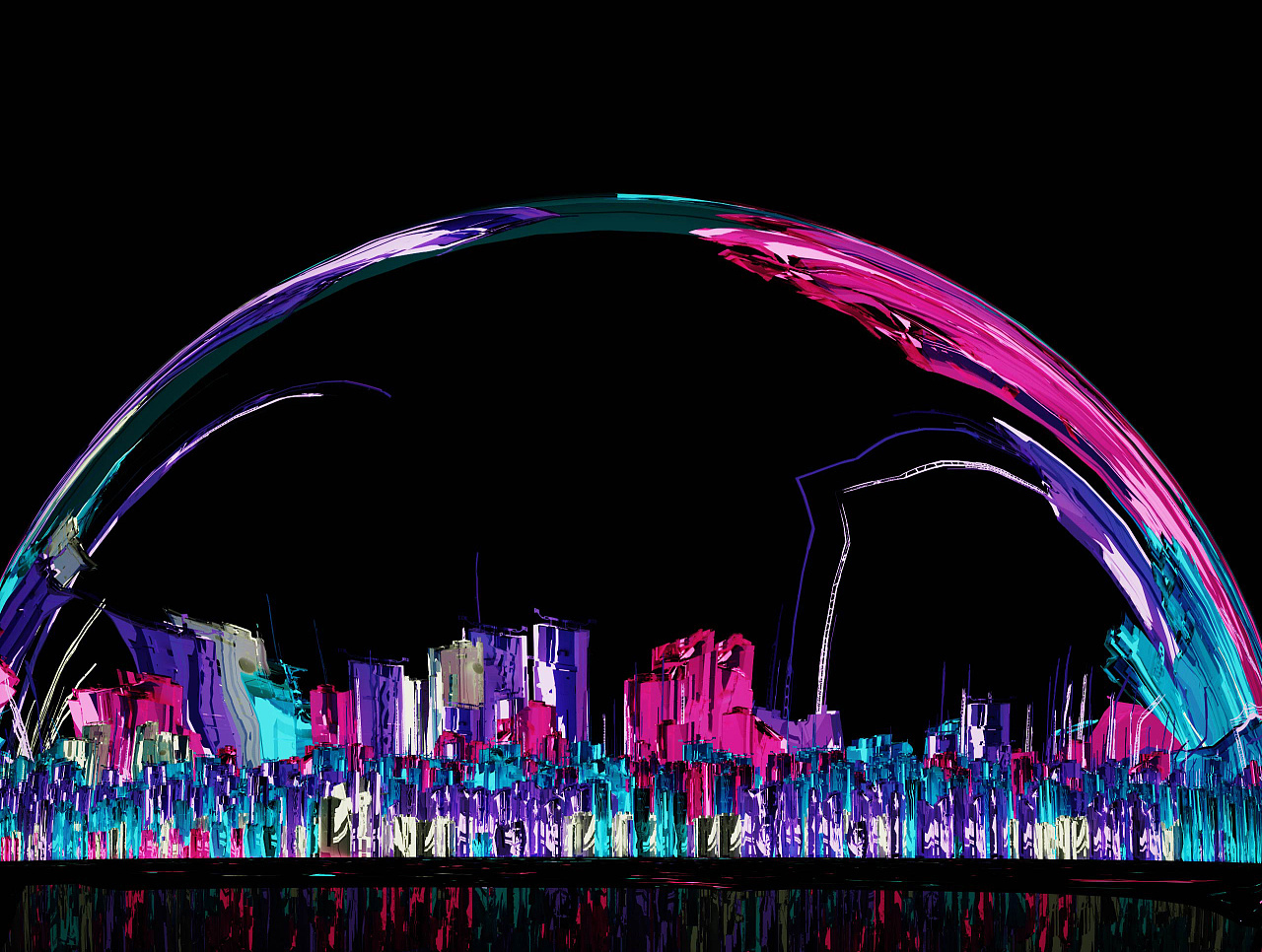
Chip technologies for fabricating monochromatic LEDs
The two primary semiconductor families for fabricating LED chips are indium gallium nitride (InGaN) and aluminum indium gallium phosphide (AlInGaP). The InGaN material system produces light in the shorter-wavelength parts of the visible spectrum, and therefore blue and green LEDs are typically formed using the InGaN material system. The AlInGaP material system produces light in the longer-wavelength parts of the visible spectrum. Yellow, amber and red light may be produced using LED chips formed from the AlInGaP material system.
White light is produced by phosphor-converted LEDs which most often use InGaN blue LEDs to pump yellow-green and red wavelength optical downconverters. This architecture is able to broaden the FWHM of the SPD that follows Planck’s law of radiation. The SPD can also be tuned by mixing together several monochromatic LEDs. Three primary colors of visible light (red, green, and blue) are often incorporated in a color mixer system to create secondary colors, which can be white or any other color inside of the gamut area. Individual, accurate control of the light output of LEDs over a full range of intensity allows predictable colors to be produced from an RGB LED.
Color gamut
While an RGB LED can be used to create white light and claims an ability to create any desired color across the visible part of the electromagnetic spectrum at any level of saturation, the lack of the spectral content in cyan, yellow and orange causes the white light generated by an RGB LED to have a color rendering index (CRI) of less than 50, and cannot produce extremely saturated color at any hue except the three primary colors. Since additive color mixing with the RGB LED system is far from adequate to achieve beautiful, functional lighting in many applications, additional colors are added to the system to expand the color gamut.
Adding a separate white LED to an RGB LED array to produce an RGBW LED creates better-quality whites, enables creation of saturated reds, and a full range of pastels. Incorporating an amber LED into an RGB LED array can produce rich gold, yellow, orange shades, and other colors with warmer tones. An RGBWA LED system addresses the limitations of RGBW and RGBA LED systems to create a larger color-mixing gamut with high quality whites and any other desired color across the visible spectrum at any hue and any level of saturation.
Design and engineering
Multi-color LED flood lights are typically inter-package color mixer systems that incorporate an array of monochromatic LED packages. These luminaires require varied color mixing distances depending on the LED pitch and optical design. The monochromatic LED packages include narrower-band emitters (red, green and blue), broader band but still monochromatic phosphor-converted LEDs, and white LEDs. These LEDs are packaged on various platforms including high power, plastic leaded chip carrier (PLCC), and chip scale package (CSP). They are mounted on a metal-core printed circuit board (MCPCB) and fitted with optics that provide optical regulation for each individual LED package. The optics can be cone reflectors, TIR optics, or freeform lenses.
The LED assembly is attached to a heat sink via a thermal interface material (TIM) which minimizes the interfacial contact resistance between adjacent surfaces. The heat sink is constructed in one piece with the luminaire housing. A typical die cast aluminum construction provides the critical thermal conduction and convection for LED thermal management.
The LEDs are powered by a constant current LED driver which is usually designed for AC mains operation. A typical LED driver converts the line-voltage AC power to a predetermined magnitude of DC power for the operation of the LEDs through a switch mode power supply (SMPS).
LED dimming
The LED driver includes control circuits which are needed to regulate the color mixing operation. Color mixing of a multi-color LED array requires accurate dimming of its component LEDs. There are two mechanisms for dimming LEDs: constant current reduction (CCR) and pulse-width modulation (PWM).
CCR dimming, also referred to as analog dimming, operates by directly adjusting the DC current to the LED. Analog dimming is simple to implement, but it may be limited in the range and the color temperature (chromaticity) of the emitted light can vary as a function of LED current. Furthermore, light output of LED devices is not linearly proportional to the current flowing in them. Most multi-color LED flood lights therefore resort to PWM dimming (digital dimming) which involves varying the duty cycle of the pulses to control the apparent brightness.
With PWM dimming, the color temperature of LED is maintained as the drive current flowing through the LED remains unchanged at different dimming levels. In PWM dimming, the duty cycle may vary from 100% to 0%, which means the brightness of the LED can be regulated over a full range. Each independent color of red, green or blue LEDs can be set in 1/256 steps of PWM brightness control, which enables creation of 256 shade levels. The 256-level dimming scheme provides an RGB LED with a color mixing ability of 16,777,216 colors.

Color mixing
Controlling the output of 3-color RGB, 4-color RGBW and RGBA, and 5-color RGBWA comes with its challenges, as LEDs of different SPDs and semiconductor material systems vary in luminous efficacy, and different levels of current and temperature dependent color shifts may occur. Thermal efficiency droop associated with AlInGaP-based red LEDs, for example, is much greater than that associated with InGaN-based blue LEDs. Variations of intensity and wavelength occur between LEDs within the individual bins, which influences color output of RGB LEDs. Also, the luminous efficacy of green and amber LEDs is much lower than that of blue and red LEDs.
The color point variation for an RGB application must be maintained to an accuracy of ± 0.01 in u’v’ under all operating conditions. To maintain a consistent color point a color correction algorithm will be executed to automatically compensate for changes in the light emitted by LEDs based on target points obtained during calibration. The color control system typically uses an on-board thermistor to measure the local temperature of the LED. A microcontroller adjusts the PWM duty cycles to compensate for shifts in the LED´s wavelength and intensity.
Lighting control
The component LEDs of a multi-color LED flood light are individually addressed using a channel-based control protocol. The lighting node, an individually controllable RGB/RGBW/RGBA LED array, is assigned a set of addresses. The addresses allow individual component LEDs to identify the specific control signals intended for them so that the LED array can display the correct light output. The luminaire is designed to accept either DMX or Ethernet control input.
DMX, originally designed as the standard lighting control protocol for entertainment and stage lighting, is the most generally accepted control protocol for intelligent architectural lighting. Because of addressing limitations, DMX is typically used in relatively simple installations, or for light shows in which multiple floodlights operate in unison. Ethernet overcomes the physical limitations of DMX to enable intricate, color-changing light shows and video displays which involve the use of hundreds or thousands of individually controllable lighting nodes.

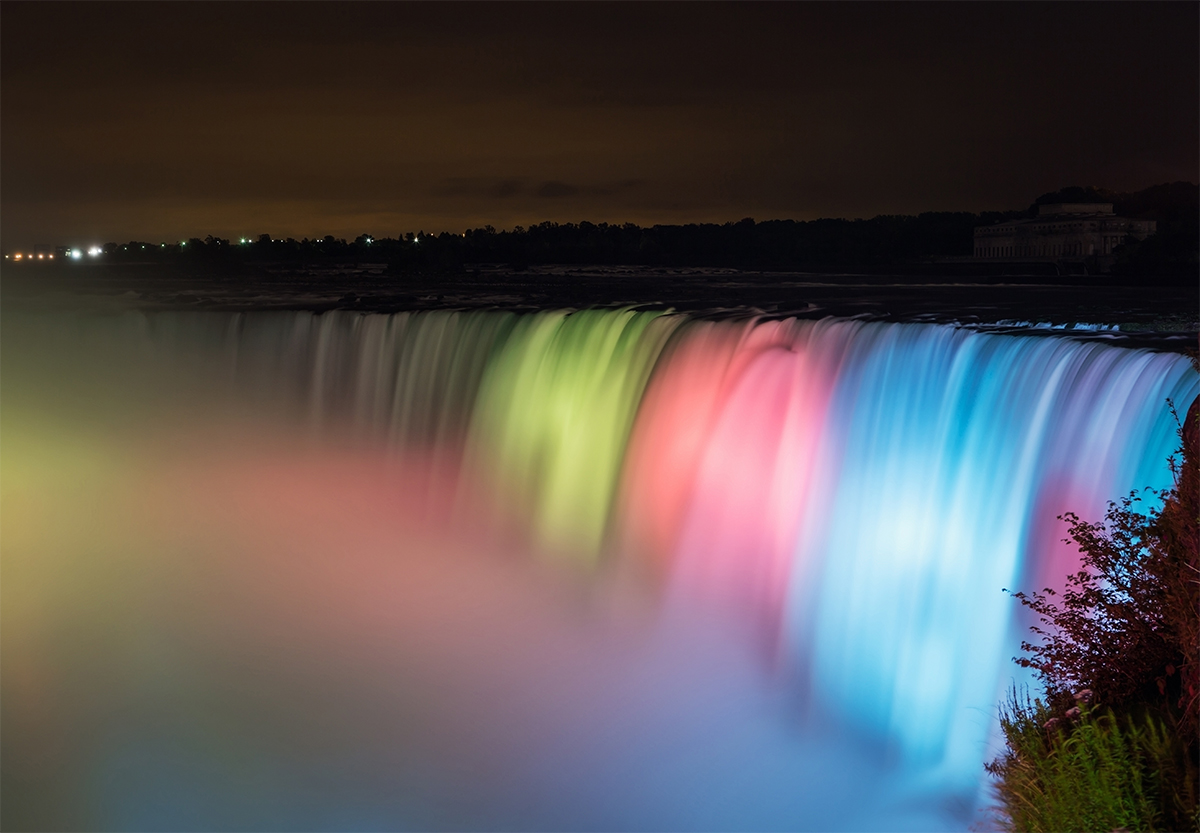

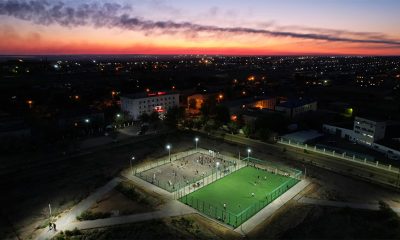
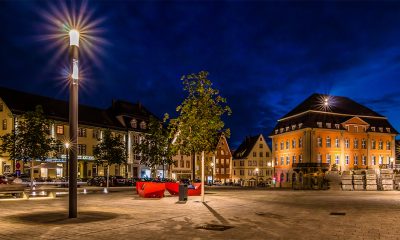
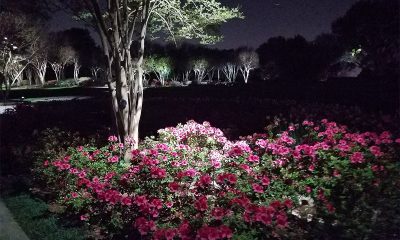
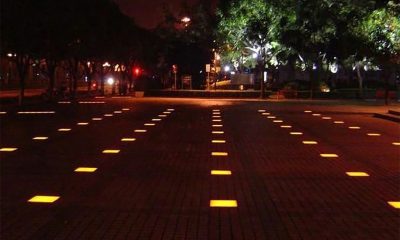


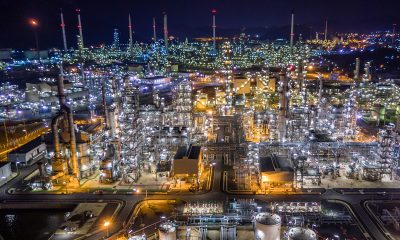









Loading...